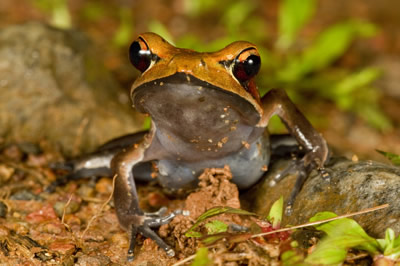A Brief History

Chemical signaling is not a modern concept. Perfumes have been used since ancient times, and the importance of chemical interactions for both animals and plants have been known for centuries.
As early as the 17th century, Sir John Ray, an English naturalist and a progenitor of modern taxonomy, noted that a female peppered moth (Biston betularia) attracted males with her scent. In the 1950s, the plethora of newly available chemical techniques finally allowed the first identification of an intraspecies signal from the silk moth, Bombyx mori, by Adolf Butenandt in 1959. That same year, Karlson and Lüscher officially named this type of chemical signal a “pheromone”. In the 1970s, the ecological importance of chemicals in the evolution of organisms and their communities began to be studied. The dawn of the genomic era in the 1980s and 1990s then provided powerful tools to assess and manipulate the genetic basis for chemical signaling, as well as the discovery of metabolic pathways for signal production and neural circuits related to chemocommunication.





